No doubt a safari in Africa is among the dreams of many travelers who want to meet face to face with the true nature. The mere possibility of looking for lions, leopards, elephants and rhinos to take pictures as close as only thought possible in television documentaries is something that could be described as exciting. If you are thinking of coming to this special trip I would brindaros to a series of recommendations or advice for safari in Africa and ensure that the experience is optimal. What to do and what not to do, in which countries can live the most spectacular safaris, what is the best time to go on safari or how to differentiate a white rhinoceros a black (and already advance that the key is not color) are some of the things that should be very clear before embarking on a great adventure that will have little or nothing to do with the movie Out of Africa, but that may be all the more rewarding.
|
|
|
RECOMMENDATIONS AND ADVICE TO CONSIDER TO GO ON SAFARI
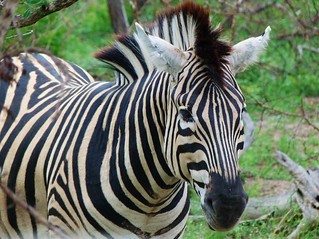
While this is not intended to be a manual for the perfect safari, or anything, because I would take many more trips and say that some other life to have a broader vision, I tried to learn a lot from the outputs of nature that I could do over the years, not just in Africa. At the end of the experience and the advice you learn from others can be provided practical assistance to spare not something we are about to perform. In this time I have taken notes of things that I think is good do's and don'ts when on safari, some more obvious than others, and practical information is never over if we are to make a trip of this kind and we want it much more special. Dusted my notebook and thus put at your disposal this short list of tips for safari in Africa and that may be useful:
The importance of choosing the time and place for safari in Africa
- Best countries for safari are classic in Kenya and Tanzania in eastern Africa. The number of companies doing tours there is huge and the possibilities are unimaginable. The type of savanna landscape of Masai Mara and the Serengeti is great to see animals more easily, given the sparse vegetation of the same. The negative here is that a lot of tourists too high. Meanwhile in South Africa, we have South Africa Kruger maximum emblem or Botswana to the Okavango Delta , Chobe National Park even as best natural (and less traveled) resources. We do not forget Namibia and the Etosha National Park and the major infrastructure of this country. Moreover Uganda, Rwanda, Zimbabwe, Zambia or Swaziland and Mozambique are countries to consider also for nature trips. In the case of Uganda and Rwanda also houses the attractive possibility to combine a safari with current trek to go out to the last mountain gorillas in the Virunga mountains and see chimps in the wild, a species highly threatened today.
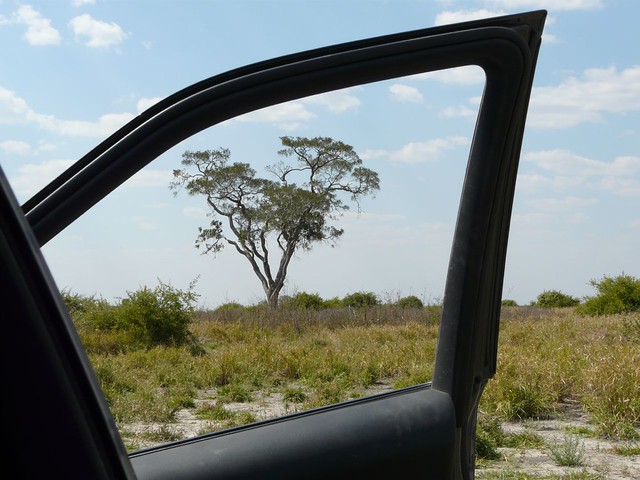
-. In Kenya and Tanzania a great deal more animals can be seen, but as tourist destinations is easy to match several cars to a pride of lions or the same hippo South Africa , Botswana , Namibia, Zimbabwe and Zambia, however, provide more intimate safaris and close, even if they worked a little to find out why animals. If anything should turn to professionals who can identify corners and contemplate times when certain species. While it is true that in South Africa, Botswana or Namibia a culture of "make your own safari" you rented vehicle and the driver being the same (see example of Journey to South Africa in 4 × 4) higher than in other African countries . Yet the latter option is quite complex and risky.
- Any time can be good to go on safari. There are only best and worst moments. Generally it is common in several African countries the dry season is usually the best for safari. Usually coincides with June, July and August come to Kenya million animals in the annual migration of wildebeest from the Serengeti and other Tanzania parks. It is a unique opportunity to travel to this country, but to be in full European and North American holiday season becomes high time and therefore have higher costs and lower availability of accommodation and excursions. It is the price to pay to witness one of the greatest shows of nature.

In the case of southern Africa the European summer coincides with the austral winter, but the vegetation is drier by the rigors of last summer, so the parks of South Africa, Botswana and company reduce somewhat its foliage (much higher than the East African) giving more chances of spotting wildlife. Being winter does not mean to be cold all day but the temperature is warm fucking hot during daylight hours and chill overnight.
The best time to see animals while on safari
- Much of the wildlife that inhabits the African national parks (though somewhat extended to forests in other continents) is eminently night. Large predators go hunting at night and can not stand the heat too well, reserving energy during the middle of the day to take the opportunity to take a nap championship. Therefore the best time to see animals while on safari is early morning and evening fencing sunset. Coincides with the end or beginning of day multiple species, both mammals and birds or reptiles, and have more opportunities to see in action the great protagonists of our trip. Therefore up early it is not an option but an obligation when you are on safari. At noon we hear the cicadas singing and little else. As in life, much of what makes it interesting happens at sunrise or sunset. And especially at night when hopefully hear the lions roar if we stayed within parks or nature reserves.
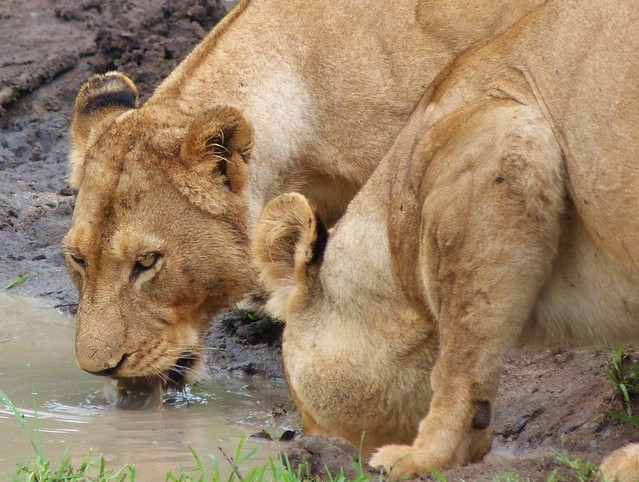
Patience, silence, respect and common sense essential virtues in a safari
- Anyone who thinks that in African wildlife parks animals and zoo better not to bother if you want to buy your plane ticket are. Will they let us see what they want, long, short or regular, fortune being a vital factor for our experience. Should be patient and not harass the ranger on duty if we half an hour and we have not seen more than a herd of impala. We may be having a little prolific morning in animals and in two minutes to witness a spectacle and documentaries from National Geographic. We are in the countryside and there are no schedules or fixed locations, although the expert guides will try to let us always easier with valuable expertise and coordination with other workers in the park or reserve where we are. Hence, it is ideal to know who a safari is done because if it is with people who know, the chances of observing wildlife scenes will be much greater freedom. The important thing is not to despair, everything will come only when we least expect it.

- Silence is the best weapon you can have the traveler who makes a safari, either in Tanzania or in the forest that is close to home. The animals hear us screaming kilometers and go in the 4 × 4 will not do anything but scare. And not only that. Our fellow safari will thank us, because as we have paid a lot of money to live a unique experience. It is preferable to hear the birds early or the echo of elephants trumpeting that a person telling a story plasta not sleep or the annoying ringing of a mobile phone. That there will be time.

- Do not disturb the animals and causing noise, far from throwing food, something that would have a perverse impact on the environment. Nor is it necessary to cause the driver to approaching more than necessary to achieve disturb the animals and to take a better photo. It can also be dangerous. A load of 6000 kilos an elephant are hitting a vehicle, which does not seem recommended for a holiday trip of this kind.
- When we go in a vehicle exposed to do if the guide's or the driver and not get up unless it is essential. When you pass close to a pride of lions, which are not characterized by good vision, we will be more than a rolling stone and almost certainly not bother to approach the vehicle. But stand up or make a fuss may mean longer see us as a rock and there is no doubt jumping very, very well. Everything, you see, is in the tone of logic and respect we are talking all the time.

- Neither the African hippos are like ads dodotis, not all elephants are so tender as Dumbo. Emboldened trusted and is not the solution and must always ignore people who go with us. Just a little common sense to understand. Never or almost never it happens anything, but if you have the bright idea to take a walk at night in the light of the moon in a national park camping (not always are fenced or have to be, but are monitoring) does not forget that for the creatures that live there are like errant delicious steaks to which we lack only a speck of salt.
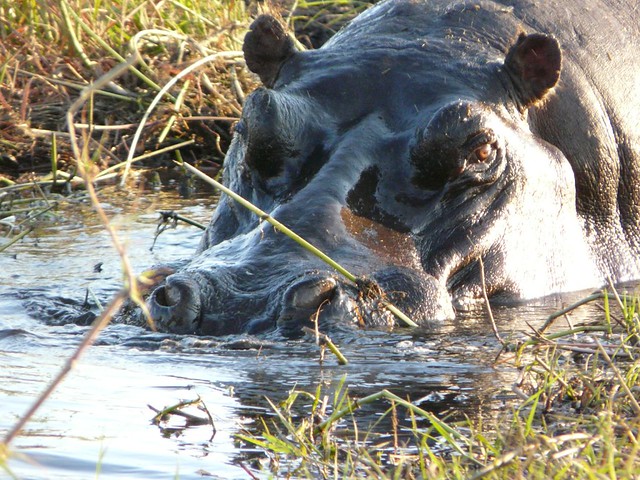
Photographic equipment
- Go to a photographic safari without a good camera and a good lens with a powerful zoom minimally is like listening to the radio covering her ears. Nor is it necessary to take a team of Euro 6000, but choose either photographic or video that will bring us to Africa camera. A compact zoom from 16x are super efficient (and economic) for this type of travel while for reflex will require investing in a good telephoto lens. Not always the animals will have a span of our noses, so it is very necessary to make sure that we are well covered in this sense (and no, the mobile phone camera is not worth). All photos you're seeing in this article, as well as reports safaris are made with a Panasonic Lumix FZ45, a model of compact easy to use and gives me a splendid result for this kind of nature trips.
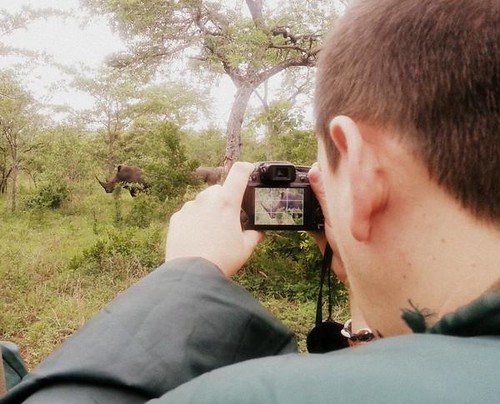
- Should bring enough memory cards for the camera, even more than those that can anticipate at first. On safari many photos are taken and the burst mode helps a lot at certain times. Spare for these things is a mistake. You better on that then we are present and we run out of space on the right card when the leopard starts to feast. The same common sense can apply to batteries memory. If we take some other parts and we have always charged to 100% better for us because we do not give rise to move from ON to OFF at the most inopportune moment.

What clothes we wear on safari?
- The ideal outfit for a safari is the result we are most comfortable. No more no less. Since early in the morning (we are talking about 4 or 5 am) can be quite cold and terribly hot when we are in full sun, it is best to take several layers to go grabbing during the day . You can start a safari with fleece and end in short sleeves and abanicándonos his cap having spent only one hour apart. On the other hand the beige color is grateful facing the powder that we pringaremos safe until we return to the city. What is certain is that we do not need put on a pith helmet type hat (helmet-shaped) or to strictly follow the dress code of Dr. Livingstone and British explorers of the nineteenth century. This fashion is over many years and we should not be too outdated.
- With respect to footwear we take comfort should prevail. The drive safaris are made 99% (unless they choose one to walk any), so you do not need to go crazy and complicate life too. As with the clothes must be practical and advocate feel comfortable.
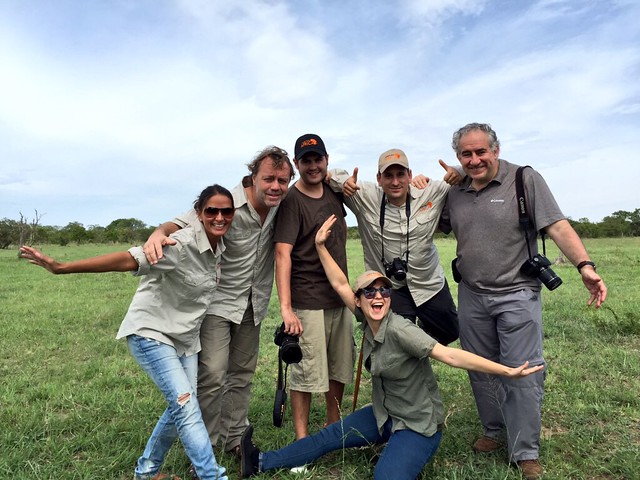
- A cap or a hat are always good, especially when traveling in an open vehicle and spend many hours in the sun followed. The scarf Jack Sparrow also applies, provided cover the head and not encourage sunstroke is never welcome.
- We must be strict with sunscreens, especially in off-road safaris set for roadster. The sun always hits hard, but more so in Kenya, a country divided by the line of Ecuador (this applies to Tanzania and even Uganda and Rwanda, both very near the equator). We never rely even on cloudy days because the sun acts in the same way and remains much or more need to protect ourselves.

- It would be good that at least one member of the expedition, whether the guide, the driver or any of the travelers within the group, bring him good binoculars to better see the scenes taking place in the distance or middle distance. 8X and minimum 30 field of view (if they are 40 better) serve to spare for our purpose. Still there will be a 99% chance that there is an organized safari binoculars in the vehicle for use and enjoyment of customers when making an exit. And we will always be super zooms of cameras or video to go with us in the car and helping us to see better what is happening in the distance of Savannah.
The Big Five and what are not the Big Five
- The term Big Five hunters applied it to define their most coveted pieces. These are the lions, elephants, hippos, leopards and buffaloes. With the new concept of safari tour where you just shoot photographs (hunting safaris seem quite negligible) it is very typical scoring goals go around animals must-see. It's a fun and motivating way to face always enjoy, especially the first time we do a safari in life. And the famous Big Five are no deterrent for the trip, no doubt.
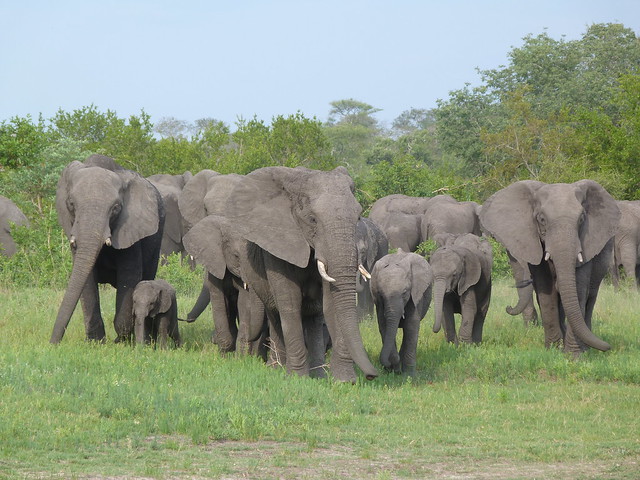
- A common mistake in safaris is being so focused on the goal of the Big Five, that we forget that there are nearly 150 more species of mammals that can appear at any time in the national park or reserve where we are. Or is it not exciting to see run the cheetahs, hippos stick out his head in the water or watch how giraffes eat? Actually in a safari there are so many incentives as we want ourselves. Quickly realize that the Big Five does not live Africa will be positive to improve our experience.

- Attend one of these hunting scenes we see in documentaries is not impossible but unlikely. The difficulty is high but the possibility is there, it is also true. Think, however, that the documentary that recorded the images appear on TV after months shooting, and sometimes years, compiling shots cropped to a report of a maximum hour. I've done several safaris in my life and I have not been lucky enough to see a hunting scene, although several feints. This is like throwing dice, much depends on the number of attempts and especially lucky to have. What I mean is that we should not be obsessed with things how are you, because in a safari should fit everything in our suitcase least disappointment. Too much is already being home to lions, leopards or hyenas. Too are the feet to 30 zebras at a time or listen closely trumpeting elephants.
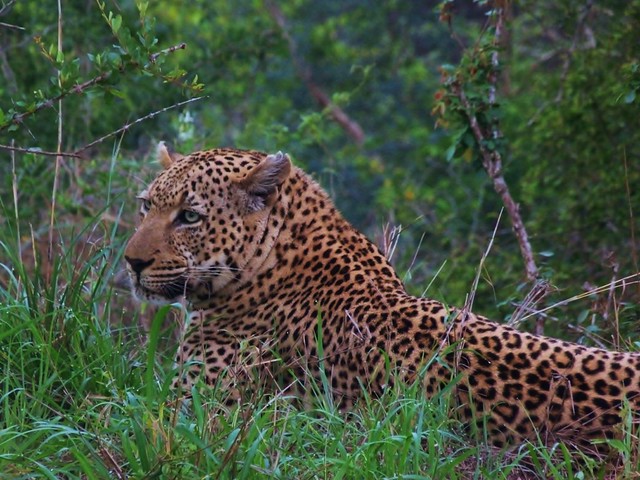
- A very recurrent question by those who travel to Africa to go on safari is how to distinguish one black one white rhino. Interestingly the name of both species has little or nothing to do with color. Dutch settlers referred to as straight and wide mouth of the white rhinoceros with Wijde term, meaning "wide" precisely. When the British heard this word confused with white, meaning no other than white, so they ended up calling the white rhinoceros translated into Spanish as white rhino. The black, however, has very beaked mouth and unfortunately see released is almost that we win the lottery, as it is critically threatened with extinction and 100 rhinos that we see in our life, only a few could be black. Western recently extinct subspecies and it is believed that in 2013 sidled the last black rhino hunt in Mozambique. In the end, their appeal horn is as quoted by the Chinese and their stupid beliefs about the aphrodisiac properties it has, that unless the trend is stopped in twenty or maximum thirty years would declare extinction of rhinos living in freedom in Africa, whether black or white.

And so far this series of recommendations or advice for safari either be our first or tenth time. Really see animals running free, which means look at nature in the eye is one of the most rewarding feelings that may be traveling. Perhaps because we can witness and appreciate life in all its glory, leaving us to look both navel and assuming once and for all that we were the last to arrive and the first to mess it all. Long ago I realized that happiness in my travels has much to do with contemplating the irrefutable beauty of freedom.
No comments:
Post a Comment